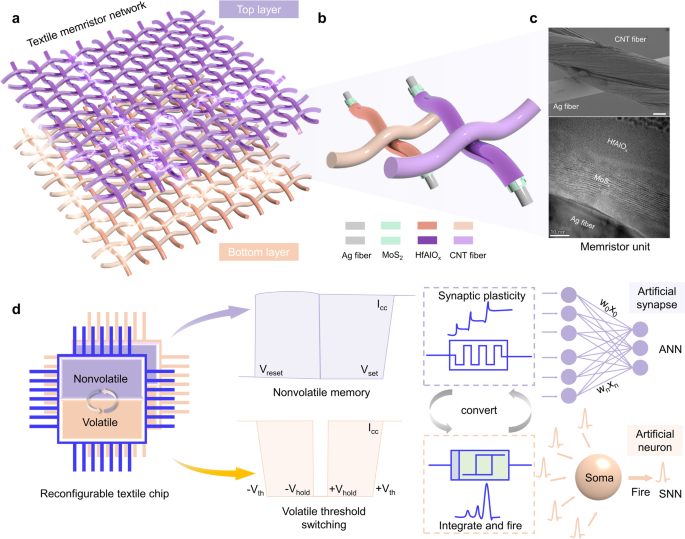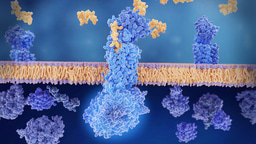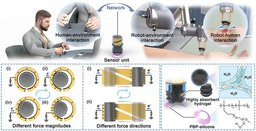Reconfigurable neuromorphic memristor network for ultralow-power smart textile electronics
Published in Materials

Neuromorphic computing memristors are attractive to construct low-power- consumption electronic textiles due to the intrinsic interwoven architecture and promising applications in wearable electronics. Developing reconfigurable fiber-based memristors is an efficient method to realize electronic textiles that capable of neuromorphic computing function. However, the previously reported artificial synapse and neuron need different materials and configurations, making it difficult to realize multiple functions in a single device.
Herein, a textile memristor network of Ag/MoS2/HfAlOx/carbon nanotube with reconfigurable characteristics was reported, which can achieve both nonvolatile synaptic plasticity and volatile neuron functions. In addition, a single reconfigurable memristor can realize integrate-and-fire function, exhibiting significant advantages in reducing the complexity of neuron circuits. The firing energy consumption of fiber-based memristive neuron is 1.9 fJ/spike (femtojoule-level), which is at least three orders of magnitude lower than that of the reported biological and artificial neuron (picojoule-level). The ultralow energy consumption makes it possible to create an electronic neural network that reduces the energy consumption compared to human brain. By integrating the reconfigurable synapse, neuron and heating resistor, a smart textile system is successfully constructed for warm fabric application, providing a unique functional reconfiguration pathway toward the next-generation in-memory computing textile system.
To know more about the work, please refer to the paper “Reconfigurable neuromorphic memristor network for ultralow-power smart textile electronics” published in Nature Communications following the link https://www.nature.com/articles/s41467-022-35160-1.
Follow the Topic
-
Nature Communications

An open access, multidisciplinary journal dedicated to publishing high-quality research in all areas of the biological, health, physical, chemical and Earth sciences.
Related Collections
With Collections, you can get published faster and increase your visibility.
Clinical trials 2025
Publishing Model: Open Access
Deadline: Dec 31, 2025
Women's Health
Publishing Model: Hybrid
Deadline: Ongoing





Please sign in or register for FREE
If you are a registered user on Research Communities by Springer Nature, please sign in